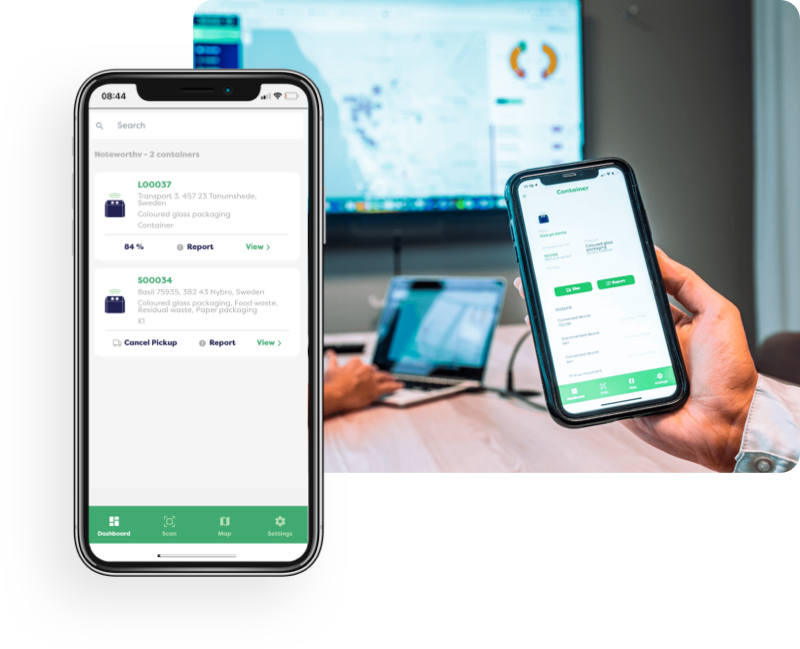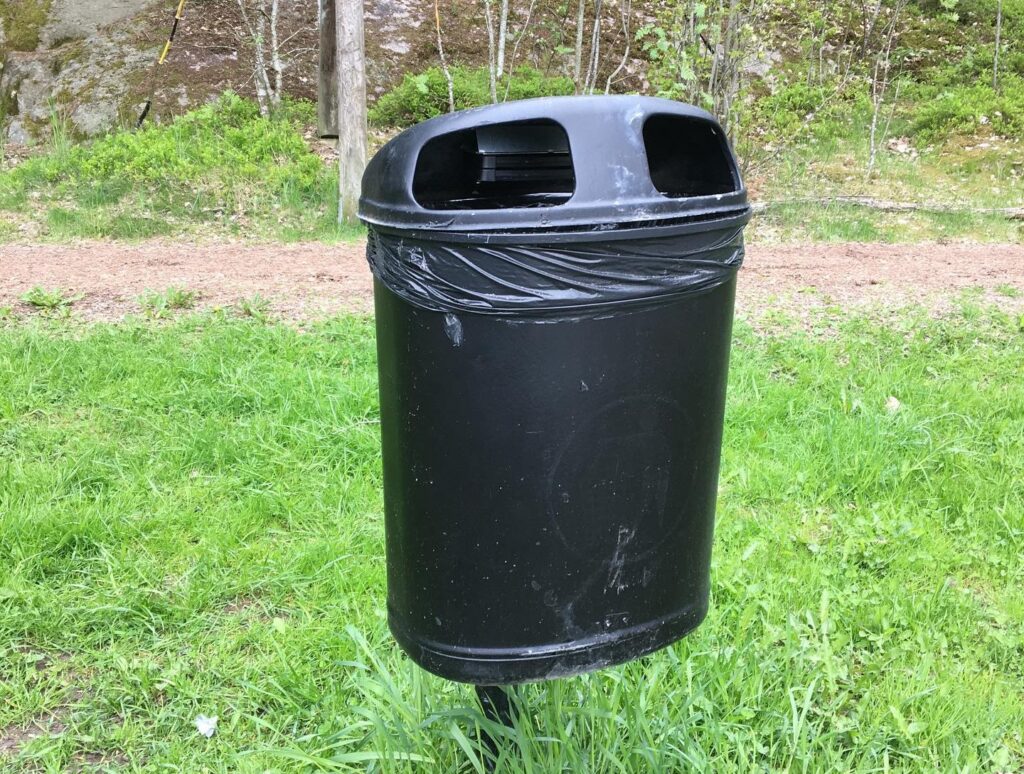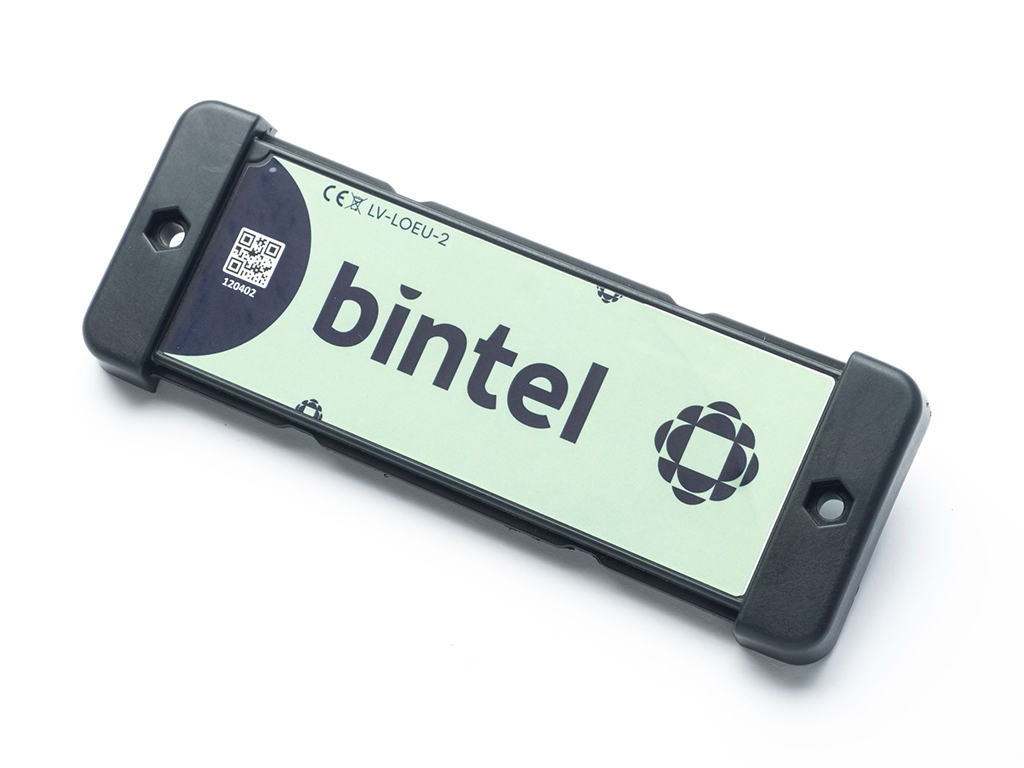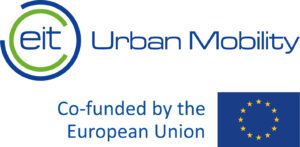Focusing on a cleaner and more sustainable city
Data-driven waste management is often justified by reduced transport costs. In truth, this is often a negligible part of the overall savings in digitisation projects.
The total cost of collecting waste from bins in different urban environments is, as usual, mostly burdened by costs related to littering. So it is with litter in mind that Bintel takes on these projects, with a focus on creating a cleaner and more sustainable city.
The project is run together with the Rinkeby-Kistas city administration, where their representative says:
"There are many incentives to work strategically and innovatively with sanitation issues, it's about finding a balance between needs, efficiency and execution. By gathering evidence, we can get a clearer picture of what kind of action is needed to reduce litter and contribute to a more pleasant outdoor environment."
Background
Below Kistahöjden there are several parks and activity areas with a large flow of people. The amount of waste generated in the area is highly seasonal and weather dependent, and it is complicated to get a handle on how to ensure that waste bins are emptied at the right time. When planning for these logistics fails, it is quickly linked to littering, with dissatisfaction, high costs and negative environmental impacts as consequences.
Customer demand
In this project, the client wants to place sensors in litter bins around Kista's green areas, parks, paths and cycle paths. Data on the filling level of the bins is intended to provide a basis for alternative solutions for a smoother and more environmentally friendly waste management. In a second step, the district has tried to change its working method and work with data-driven waste management, i.e. emptying the bins based on data.
Bintel's solution
Success in this seemingly simple application requires more than level data from the sensors. Bintel is developing a linked network of sensors, which together with external data, classifies containers according to their usage characteristics and likelihood of being full within a certain period of time. Based on Bintel's unique solution, it becomes clear which containers need to be scheduled today, and which can be picked up on a different, more beautiful day. Simple, isn't it?
Results so far
For a first, more analytical period, Kista has taken advantage of Bintel's "heat maps", which clarify which containers require more attention than others. As well as which areas may need to be beefed up with more bins, and where there may be too many. All to prevent, at the lowest cost, waste going anywhere other than the bin. Using Bintel's solution to manage waste collection, as a proportion of the total number of bins in the borough, in step 2 has shown good results. As much as 85% fewer empties were made, as they are done based on the data Bintel's solution collects. The aggregate result if all bins in the district were included would likely look different, as some bins require emptying more often than others. Furthermore, the Bintel solution has also helped to better understand where littering is generated and the project is currently working on collecting data to take action to reduce littering.

Level measurement, a first step towards data-driven collection with the aim of achieving your environmental and financial goals.
Bintel Insights™ is the center for digital insight-driven innovation. waste management

We want to streamline waste management thereby increasing circularity and improving resource utilisation.


